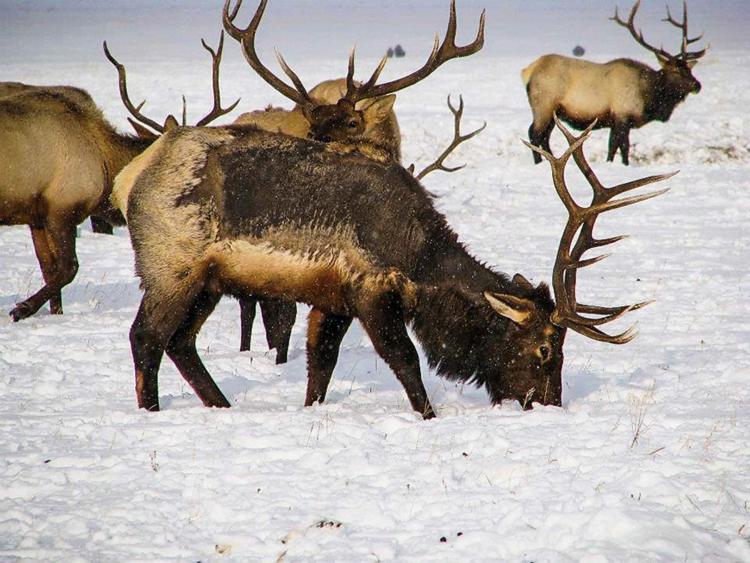Body
Commonly Infected Wildlife
Mammals, especially wild canids like coyotes and foxes, and birds.
Is This Animal Infected?
Infected mammals show varying degrees of hair loss, usually on the legs and tail. In severe cases, it can affect most of the body. Birds are mostly affected around the face and legs.
Some animals may have thickened skin.
Badly infected animals are in poor body condition.
Animals may be weak and fearless of humans.
Can I Get It?
Yes. There is a variety of mites that can cause mange, some of which can be transferred to humans through direct contact.
How bad can it get?
Infections can be treated by a physician.
Symptoms in humans
- Contact your physician if you think you have been exposed to an animal with mange.
- Skin redness and rashes can be extremely irritating.
Media
Image

Is user submitted
Credit
U.S. Fish and Wildlife Service, Wildlife Health Office
Body
Protect Myself and Others
- Wear disposable gloves and protective clothing.
- Disinfect work space after skinning/handling infected animals.
- Wash hands and clothing after handling wildlife.
Safe for Pets?
No. Some mites can be transferred to pets through direct contact with infected wildlife.
What Causes It?
Parasitic mites that invade the skin of animal hosts. Mites are related to spiders and ticks.





















